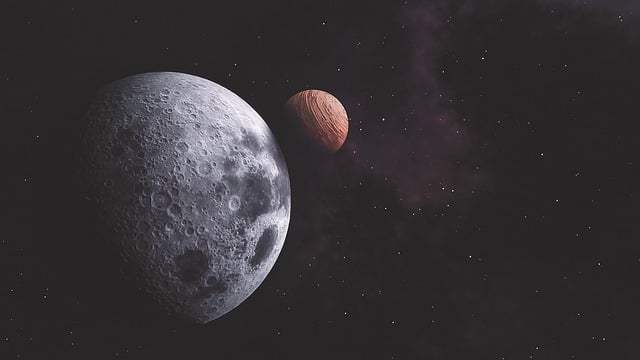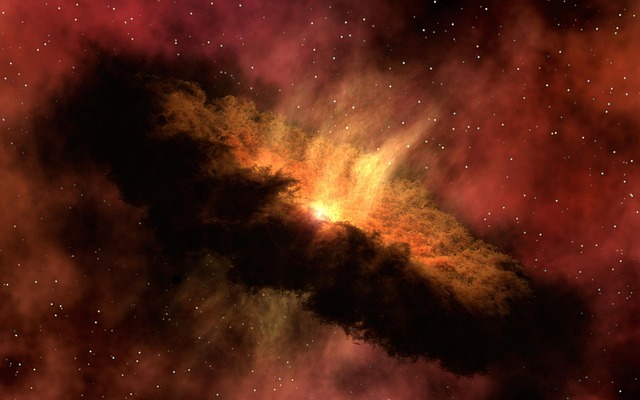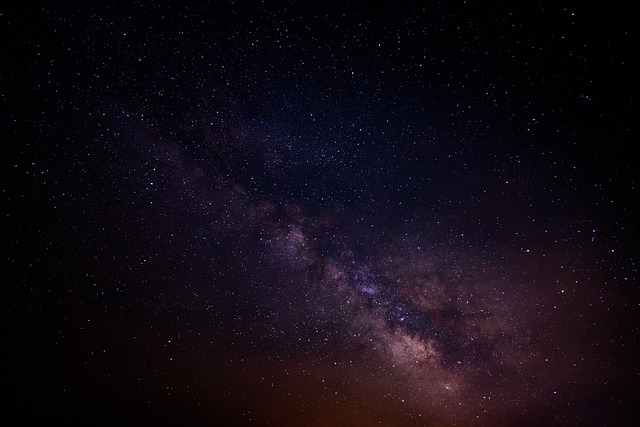Space pollution and orbital debris encompass inactive satellites, spent rocket parts, fragments from disintegration, and other non-functional human-made objects in Earth’s orbit. This debris poses collision risks to active satellites, leading to further fragment generation. Ongoing initiatives aim to tackle space pollution through global collaboration and guidelines promoting responsible space activities.
Similarly, Dust in space comprises tiny particles or fine material spread across the vastness of the cosmos. These particles arise from diverse sources, like remnants of stellar activities, planetary bodies, or interstellar matter. While playing a vital role in celestial object formation, such as stars and planets, space dust can impact astronomical observations by scattering or absorbing light. There is a need to understand space dust behavior and its crucial insights into the processes that shape the universe. Here is a list of some of the reasons that led to the formation of Cosmic Dust in space:

Stellar Processes
Dust in space is created by various dynamics, events, and phenomena within stars, influencing their structure, behavior, and life cycle. Crucial processes shape the characteristics of stars and their surroundings. Some popular stellar processes include nuclear fusion, stellar nucleosynthesis, supernova explosions, and planetary nebula.
Planet Formation
Planets emerge from the accumulation of dust and debris within protoplanetary disks, forming more substantial structures. According to scientists, planets in every solar system likely start as dust (grains) smaller than the width of a human hair—other forces and gravity cause these forces to collide.
Disintegration Of Asteroid And Comet
The disintegration of asteroids and comets generates cosmic dust through collisions and interactions in the celestial realm. These objects collide or interact dynamically, producing fine cosmic dust particles, which are released into space and contribute to the dispersion of cosmic dust throughout the cosmos.

Interstellar Medium
The interstellar medium, found in the expansive regions between stars, contains tiny cosmic dust particles. This complex environment influences the composition and dynamics of the interstellar medium, impacting various astronomical phenomena and processes.
Cosmic Ray Interactions
Cosmic rays, high-energy particles, interact with interstellar matter, producing cosmic dust. These energetic particles collide with atoms or molecules, causing ionization and fragmentation. Thus leading to the creation of fine cosmic dust particles in space! This ongoing process in the interstellar environment contributes to the continual generation of cosmic dust throughout space.
Red Giant And Supernova Winds
In their later stages, Red giants red giants expand and shed outer layers rich in synthesized elements, including dust. Supernovae release substantial material, contributing to dust dispersion. This expelled dust becomes part of the interstellar medium, impacting the composition and dynamics of the galactic environment.

Galactic Processes
Collisions and interactions in galaxies are crucial for producing and scattering cosmic dust in space. When galaxies merge, gravitational forces intensify, disrupting and shredding stellar material, resulting in ample dust production! These processes shape and disperse cosmic dust across the galaxy, impacting the interstellar medium and influencing the composition and dynamics of the galactic environment. Galactic processes are essential in the intricate cycle of cosmic dust, encompassing its creation, dispersion, and integration within galaxies’ vast and dynamic realms.
Gravitational Interactions
Gravitational interactions among celestial bodies trigger phenomena like tidal forces, orbital disruptions, and captures, which release dust particles into space. These processes significantly contribute to the distribution of cosmic dust, influencing the dynamics of celestial environments. The gravitational interplay between stars, planets, and other massive objects shapes cosmic landscapes’ intricate and evolving nature.
Understanding the diverse mechanisms that contribute to the creation and dispersion of cosmic dust is essential for gaining profound insights into the evolution and composition of the cosmos. By studying the origins and trajectories of cosmic dust, scientists can glean valuable information about the life cycles of stars, the formation of planetary systems, and the overall dynamics of galaxies.
In conclusion, cosmic dust carries a record of elemental compositions from which stars and planets arise, providing a crucial link to the chemical evolution of the universe. Investigating the distribution of cosmic dust in space helps unravel the intricate interplay between astrophysical processes and their impact on the larger cosmic ecosystem. In essence, a comprehensive understanding of cosmic dust mechanisms offers a window into the underlying principles governing the evolution and structure of the cosmos on both local and cosmic scales.



